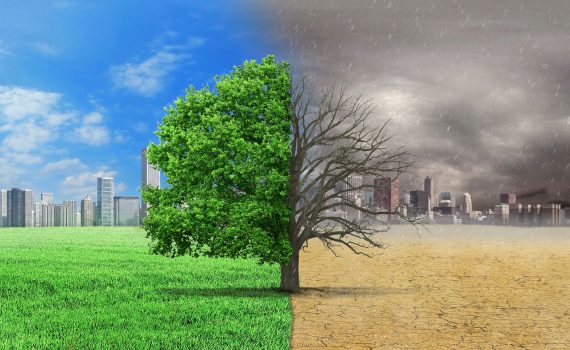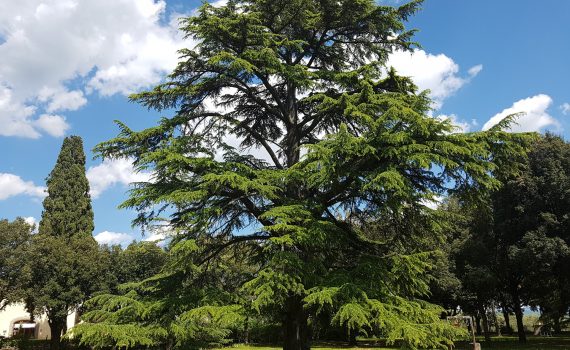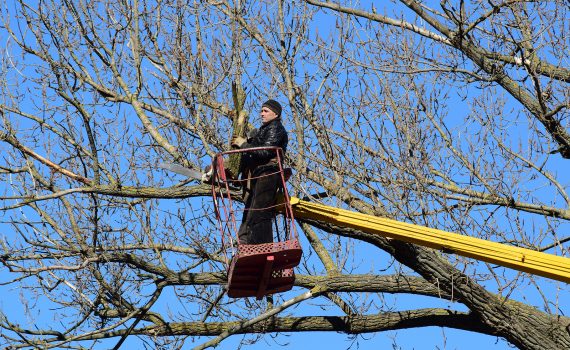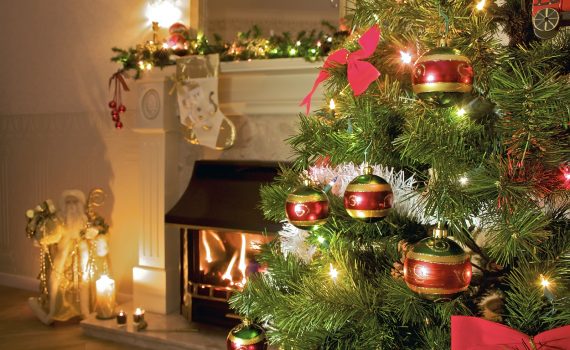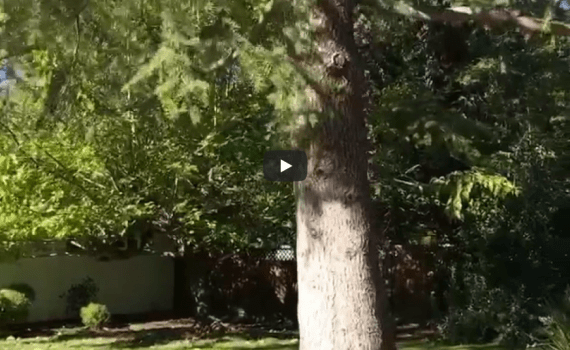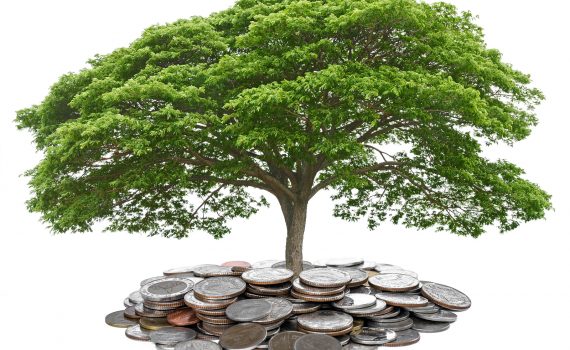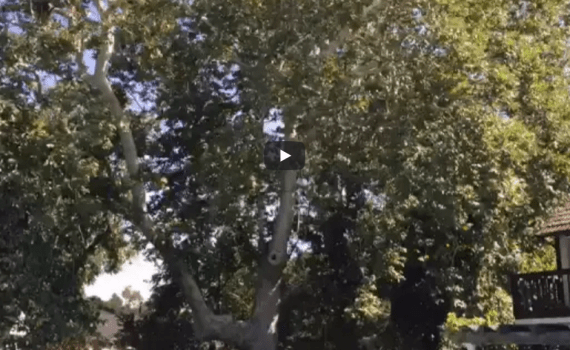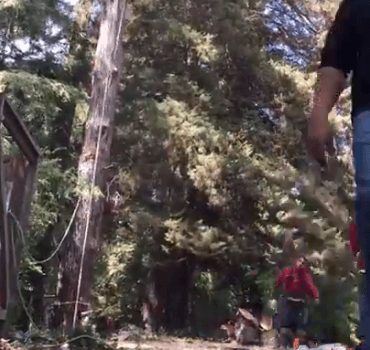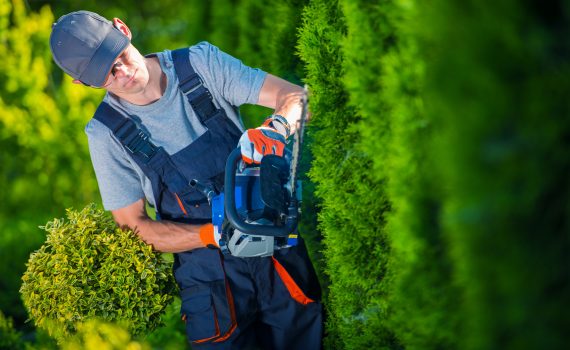Trees can fall due to adverse weather, damage or underlying disease or pest infestation. A fallen tree needs to be dealt with and removed to prevent wood rotting, spreading of tree diseases and pests as well as the negative aesthetic and safety effects. So what is the right thing to do with a fallen tree?
Analyze The Causes And Responsibility
If a tree has fallen in or near your property, it’s important to ascertain the cause of the fallen tree, as well as who is responsible for its removal. Municipalities can offer aid in removal of trees that fall due to widespread cause or natural disasters. If a tree from the street or a park on public property falls in your yard, it will likely be the responsibility of local authorities to remove it.
However, if a tree rots or becomes diseased on your own property, it will be your responsibility to remove it or pay for it to be removed. If the cause of the fallen tree is disease or pest infestation, it’s advisable to remove the tree rapidly to prevent cross-infection with other trees.
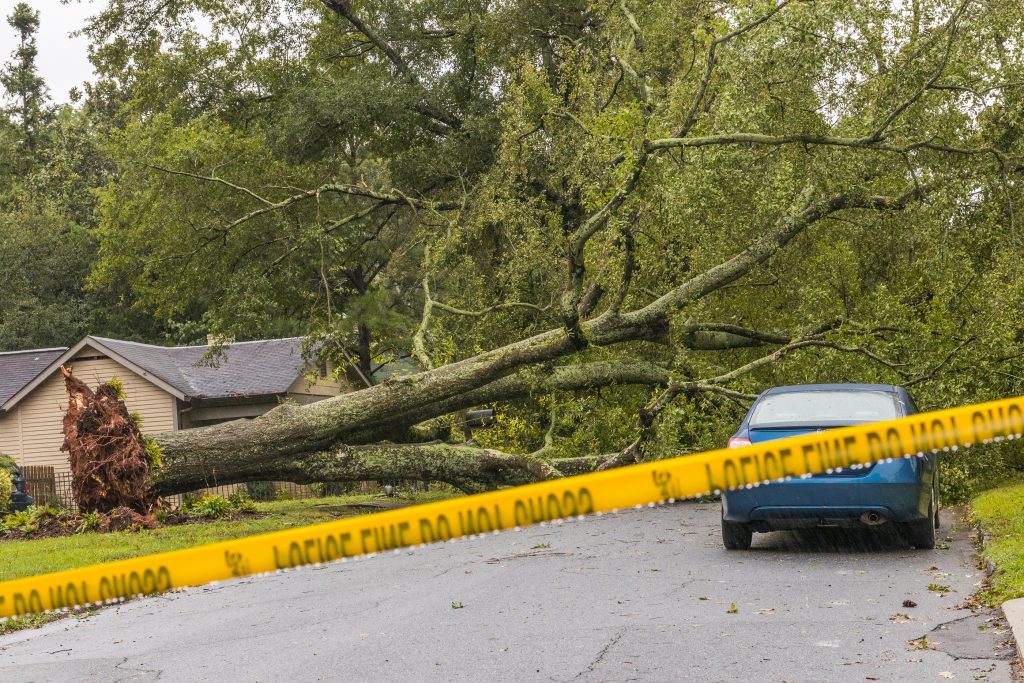
Can You Use The Tree?
When a tree falls, the wood is often able to be recycled and used for some purpose, including firewood, mulch, landscaping or lumber. It’s important for you or an arborist to analyze the type of tree and wood as this can inform you as to its potential purpose. If the wood is damaged, it can still be used or sold as firewood or mulch (as long as it isn’t diseased). Quality wood can be turned into furniture or outdoor furniture, and valuable wood like mature walnut, cherry, redwood can be taken to a mill and cut into lumber.
Plan The Removal
Once you know what you want to do with your fallen tree, you can plan the removal. The type and size of tree and the hardness of wood will influence how difficult this is. Most tree removals require chainsaw work and other heavy machinery, so it’s important that the operator has the knowledge and experience to use these tools, and proper insurance and coverage is in place. Otherwise, call an arborist for professional removal.
Keep Safety In Mind
Because the process of analyzing, sawing and removing a fallen tree can be so difficult, bringing in a skilled arborist for the job is recommended. This ensures that the work done on your fallen tree is safe and insured, and you can get the best use out of the fallen tree’s wood. A professional arborist can guide you through the process of identifying the tree’s type and condition as well as inspect it for disease or pests. Then they can safely cut and remove your fallen tree, recycling the wood for its best purpose.
While a fallen tree in or around your property can be a nuisance or a hazard, finding the right way to deal with a fallen tree can turn it into a positive. For expert advice to help you make the right decision, contact your local arborist for professional tree removal.
 Bringing Sexy Back Into Your Yards
Bringing Sexy Back Into Your Yards 
